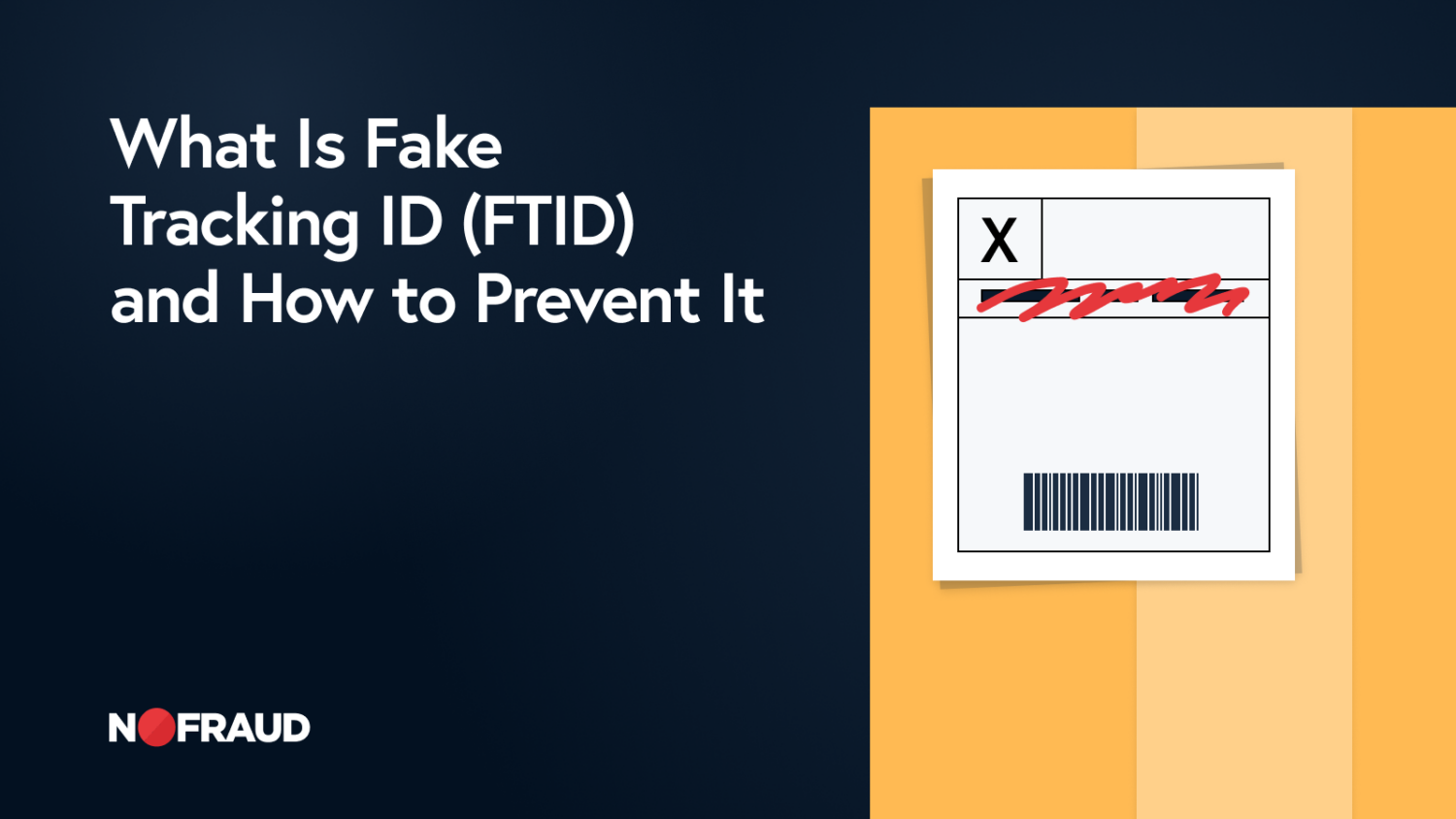In the digital age, online shopping has become the norm, and card-not-present (CNP) transactions have become an essential part of ecommerce. However, with the rise of CNP transactions comes an increased risk of fraud and security breaches. In this blog post, we will delve into the world of CNP transactions, exploring what they are, the risks associated with them, and best practices for mitigating those risks.
What Are Card-Not-Present Transactions?
CNP transactions occur when a customer makes a purchase online or over the phone without physically presenting their card to the merchant. This type of transaction is also known as a “card-absent” transaction. CNP transactions are commonly used for online shopping, mobile payments, and mail-order/telephone-order (MOTO) transactions.
What Is CNP Fraud?
Card-not-present fraud is a type of payment card fraud that occurs when a credit or debit card is used for a transaction in which the physical card is not present. In CNP transactions, a fraudster uses the victim’s card without their authorization. The fraudster will make purchases using the victim’s card details, such as the card number, expiration date, and the card’s security code (e.g., CVV), but the card itself is not swiped, inserted, or physically presented to a merchant. CNP fraud is commonly associated with online and phone transactions, as well as mail-order and catalog purchases.
Risks Associated With CNP Transactions
CNP transactions are riskier than traditional card-present transactions because the cardholder’s physical card is not present to verify their identity. This increases the likelihood of fraudulent activity, such as:
- Card number theft
- Identity theft
- Phishing scams
- Friendly fraud (chargebacks)
Best Practices for Mitigating Risks
To minimize the risks associated with CNP transactions, merchants can implement the following best practices:
- Use Address Verification Systems (AVS) to ensure the cardholder’s address matches the billing address on file.
- Require the CVV code on the back of the card to verify the card is legitimate.
- Use 3D Secure (3DS) as an additional security layer, such as Verified by Visa or Mastercard SecureCode, to authenticate the cardholder’s identity.
- Replace sensitive card information with a token, making it useless to fraudsters.
- Regularly monitor transactions for suspicious activity and use analytics to identify potential fraud patterns.
- Adhere to industry regulations, such as PCI-DSS, to ensure the security of cardholder data.
CNP transactions are a crucial part of ecommerce, but they come with increased risks of fraud and security breaches. By understanding the risks and implementing best practices, merchants can minimize the likelihood of fraudulent activity and provide a secure online shopping experience for their customers. Remember, security is an ongoing process, and staying vigilant is key to protecting your business and customers from the ever-evolving threat of fraud.


